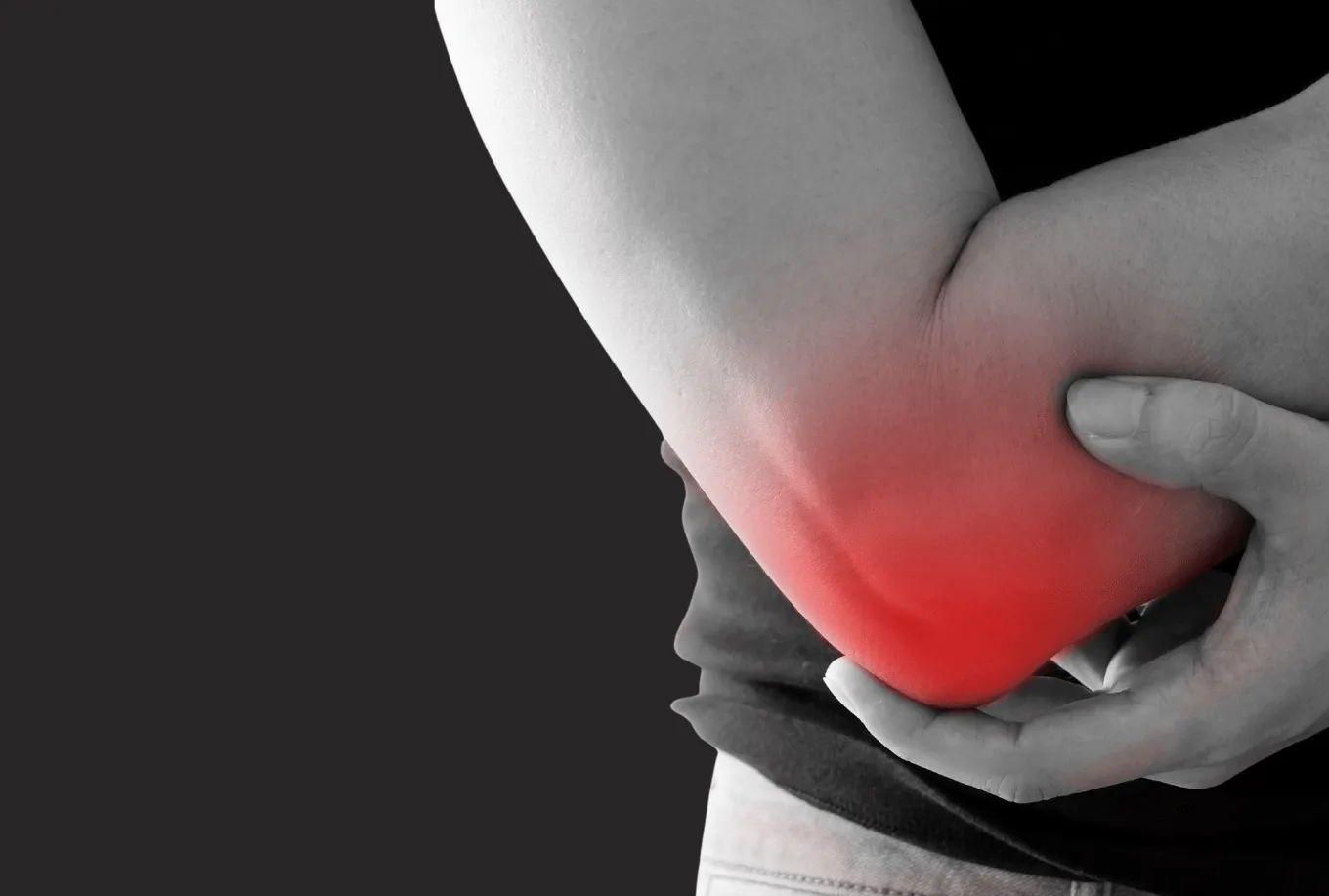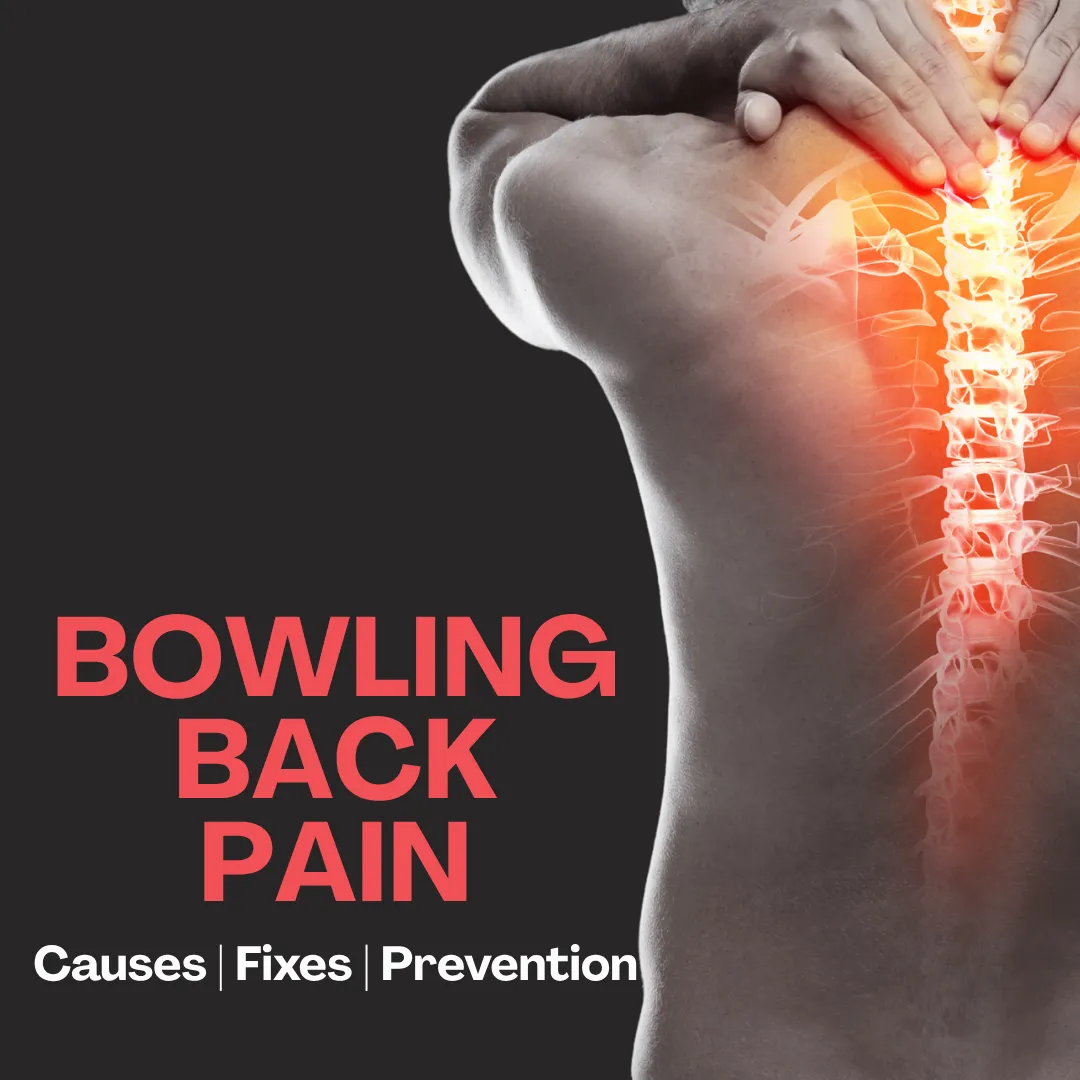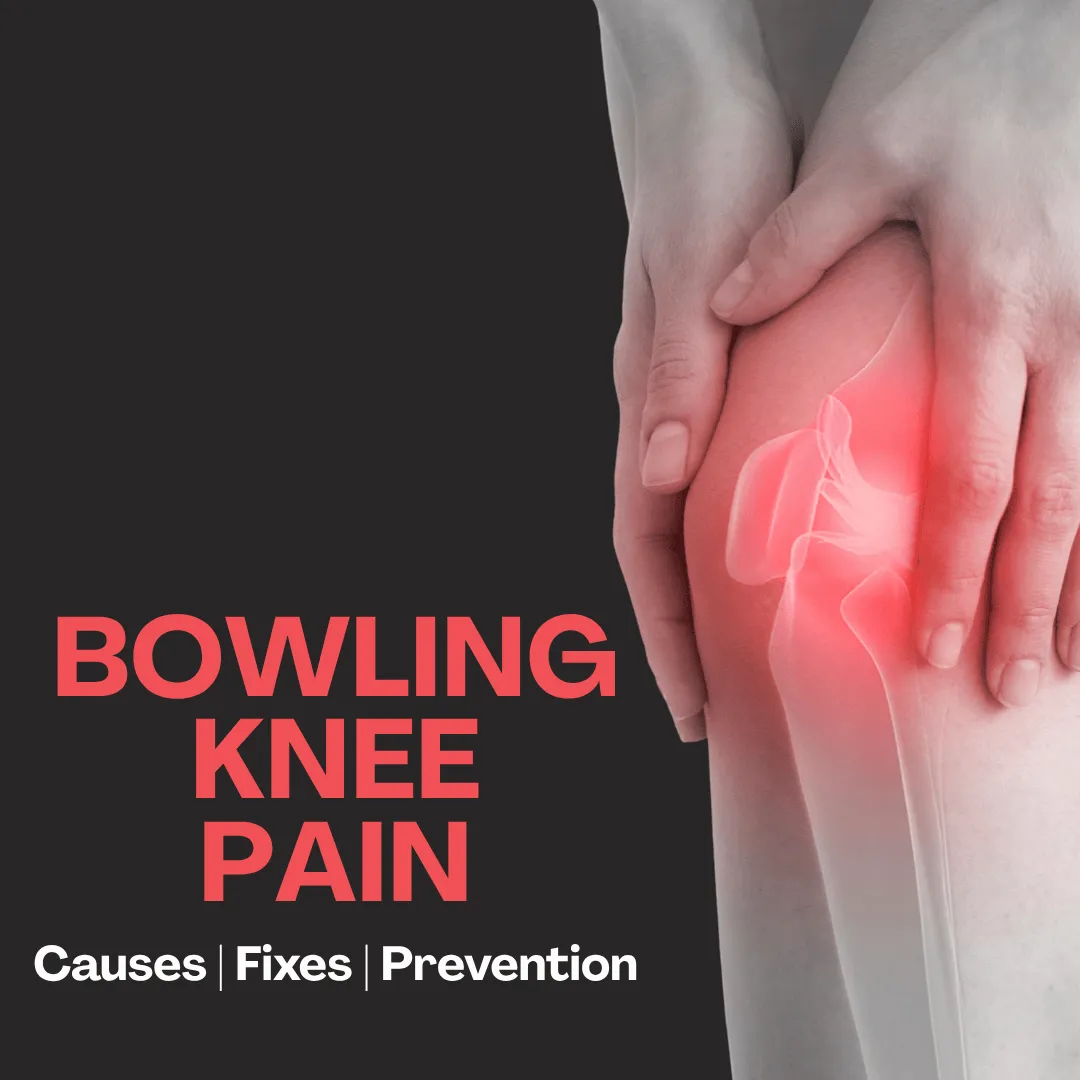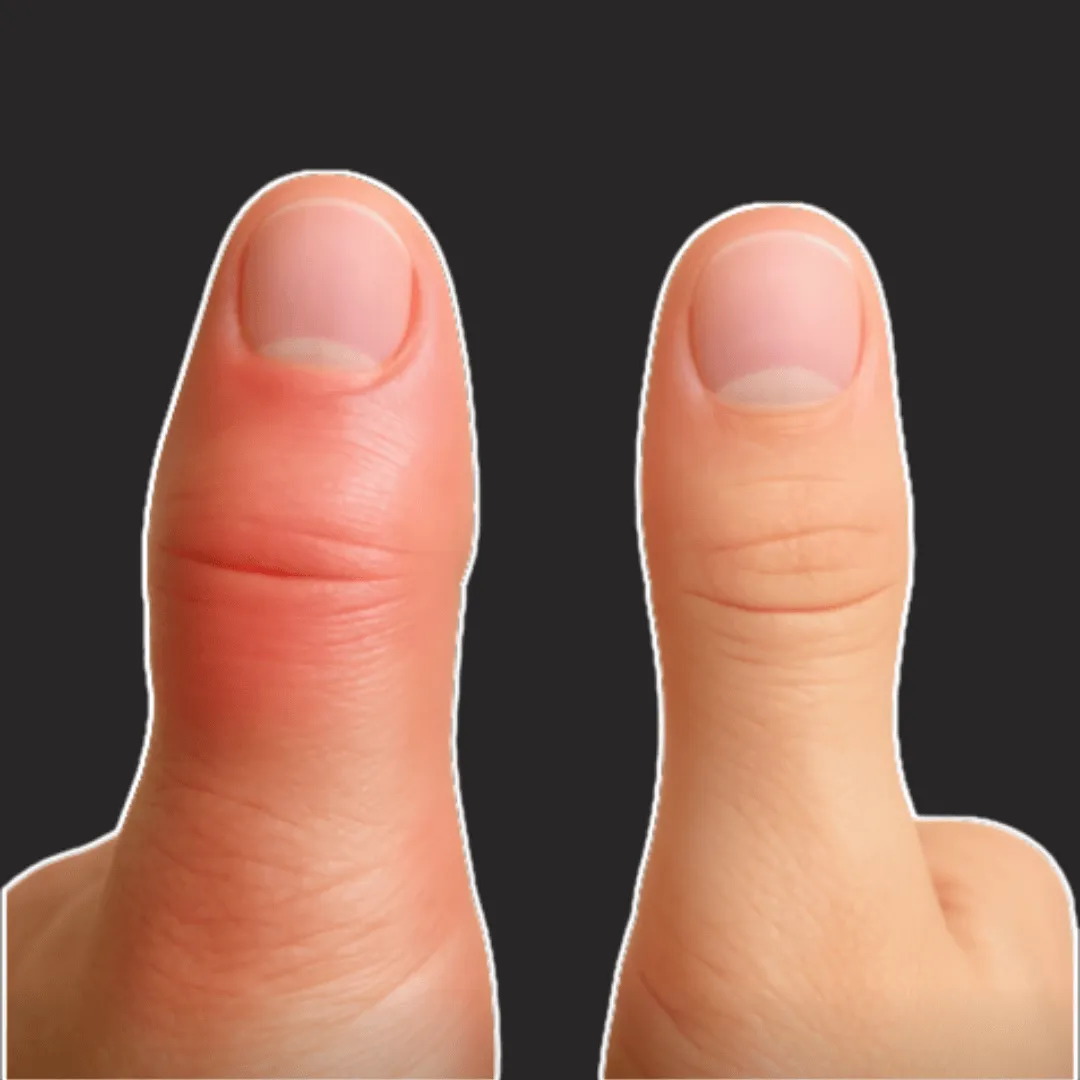Among the many overuse injuries that affect bowlers, bowler’s elbow is one of the most frustrating and persistent. In bowling, it often results from the repetitive motion of the release, the grip tension required during delivery, and poor upper body mechanics over time.
Unlike a one-time trauma, bowler’s elbow develops gradually. It begins with a subtle discomfort, perhaps a dull ache after a long practice session, but can progress to sharp pain, limited grip strength, and the inability to bowl at all. Without proper management, it can linger for months — or become a recurring issue every season.
This article explains what bowler’s elbow is, its causes, how to prevent it, and which treatment options are supported by medical research. Whether you're dealing with elbow pain already or simply want to stay injury-free, this guide will help you understand and address one of bowling’s most common but least discussed physical challenges.
Affiliate Disclosure: This article contains affiliate links. If you purchase through these links, BowlingLife may earn a small commission at no extra cost to you. This helps support the platform and keeps our content free and useful for bowlers worldwide.

What Is Bowler’s Elbow?
Bowler’s elbow, medically known as lateral epicondylitis, is a condition that causes pain on the outer part of the elbow and forearm. It’s the same injury known more commonly as tennis elbow, but in bowlers, it develops due to the repetitive stress and force applied to the elbow joint during a bowling release.
This condition involves microtears and inflammation in the tendons that attach to the lateral epicondyle — the bony bump on the outside of the elbow. Over time, these small injuries can lead to persistent pain and loss of grip strength.
Studies show that lateral epicondylitis affects 1–3% of the general population and is most common in people who perform repetitive arm motions, including athletes and manual workers [1].
What Causes Bowler’s Elbow?
In bowling, the primary cause is overuse of the forearm muscles responsible for wrist extension and stabilization during the swing and release. Risk factors include:
- Poor technique or form, especially at the release point
- Overgripping the ball
- Repetitive motion without adequate rest
- Using a ball that is too heavy or fit poorly
- Previous injury or lack of flexibility in the wrist, elbow, or shoulder
Over time, the tendons become overloaded, leading to degeneration of collagen fibers (known as tendinosis), localized inflammation, and elbow pain.
Symptoms of Bowler’s Elbow
Common signs and symptoms of bowler's elbow include:
- Pain or burning sensation on the outer elbow
- Weak grip strength
- Stiffness or pain when extending the arm
- Discomfort during bowling, lifting, or twisting motions
- Tenderness around the lateral epicondyle
Symptoms typically develop gradually and may worsen during or after a session of bowling.
How to Treat and Prevent Bowler’s Elbow
If you’re experiencing persistent pain around the outside of your elbow, the first and most important step is to consult with a qualified medical professional. A sports physician or physical therapist can evaluate your condition, confirm the diagnosis, and guide you through the appropriate treatment plan. Self-treatment without medical input can delay recovery or worsen the condition.
That said, there are a number of evidence-based approaches that both doctors and therapists commonly recommend for managing and preventing bowler’s elbow — especially when caught in the early stages. These strategies can also help reduce the risk of recurrence once symptoms improve.
Rest
One of the most important components of recovery is rest. Repetitive stress to the tendons — without adequate recovery — is the primary reason bowler’s elbow develops in the first place. Once symptoms appear, continuing to bowl can prevent healing and extend the recovery timeline significantly. Rest allows the microtears in the tendon to repair, inflammation to subside, and surrounding tissues to regain balance. In addition to modifying activity during the day, restful sleep is a critical but often overlooked part of recovery. During deep sleep stages, the body releases growth hormone and carries out most of its soft tissue repair processes. For bowlers dealing with chronic pain or overuse injuries, improving sleep quality can support faster recovery and better outcomes.
Recommended: DONAMA Cervical Pillow
This pillow promotes optimal alignment of the neck and shoulders, which can help reduce tension and improve comfort during sleep — especially for those who tend to sleep on the affected side.
Cold Therapy
Applying ice to the outer elbow can help reduce pain and inflammation, particularly during the acute phase.
Recommended: Reusable Hot&Cold Teraphy Pack
Use of an Elbow Band
A counterforce elbow strap, worn just below the joint, increases the blood flow and can reduce strain and paint on the injured tendon during movement or while bowling.
Recommended: PROBAND Arm Band for Elbow & Forearm
Strengthening and Stretching
Eccentric exercises for the wrist extensors, along with forearm stretching and grip training, have shown good results in reducing pain and promoting healing in cases of lateral epicondylitis. These should be done under the supervision of a therapist or as part of a guided home program.
Recommended: Grip Strength Trainer Kit
Massage and Recovery Tools
The Rolflex Deep Tissue Roller with Firm Knobble is a compact, athlete-designed tool that targets muscle tightness, tendonitis, and elbow pain with precision pressure control. Its ergonomic shape replicates the feel of a massage therapist’s thumb, making it ideal for relieving forearm, wrist, leg, and calf discomfort at home or on the go.
Recommended: Rolflex Deep Tissue Roller
Technique, Equipment, and Load Management
Preventive strategies are just as important. These include working with a coach to refine your release technique, ensuring your ball weight and grip fit your hand properly, warming up before play, and avoiding excessive practice without rest.
Wearing a band during high-volume sessions or tournaments may also help reduce stress on the elbow and allow for longer play with less discomfort.
Remember: any treatment or training adjustments should be discussed with a medical professional before implementation.

How Long Does Bowler’s Elbow Last?
Recovery time varies based on how early treatment begins and how consistently it is followed. Mild cases can improve within 4–6 weeks with proper rest and therapy. More severe or chronic cases may take 3–6 months to fully resolve. Consistency in rehabilitation is key to long-term recovery and preventing recurrence.
References
- Nirschl RP, Ashman ES. Elbow tendinopathy: Tennis elbow. Clinics in Sports Medicine. 2003;22(4):813–36.
- Croisier JL, et al. Strength training for lateral epicondylitis: A prospective study. Isokinetics and Exercise Science. 2007;15(3):211–217.
- Mason L, et al. Topical NSAIDs for chronic musculoskeletal pain in adults. Cochrane Database Syst Rev. 2004;(4):CD004504.
FAQ
What is bowler’s elbow?
Bowler’s elbow is a form of lateral epicondylitis, also known as tennis elbow. It causes pain and tenderness on the outside of the elbow due to overuse of the forearm muscles and tendons involved in gripping and wrist extension during the bowling release.
What causes bowler’s elbow in bowlers?
It’s typically caused by repetitive stress, poor release mechanics, overgripping, or bowling with an improperly fitted or too-heavy ball. These factors overload the tendon at the lateral epicondyle, leading to irritation and microtears.
How long does bowler’s elbow last?
Mild cases may improve within 4–6 weeks with rest and conservative care. More severe or long-standing cases can take 3–6 months to heal, especially if not treated early. Recovery time depends heavily on activity modification, consistent therapy, and individual healing response.
What is the best treatment for bowler’s elbow?
The most effective treatment usually involves a combination of rest, ice, elbow bracing, physical therapy, and strengthening exercises. In persistent cases, medical options like PRP therapy or corticosteroid injections may be considered. Always consult a healthcare provider for diagnosis and treatment.
Can I keep bowling with bowler’s elbow?
It’s not recommended to continue bowling through pain. Doing so can worsen the injury and prolong recovery. Rest and professional evaluation are important early steps. If symptoms are mild, some bowlers continue to play with the support of an elbow brace and reduced load — but only under medical guidance.





